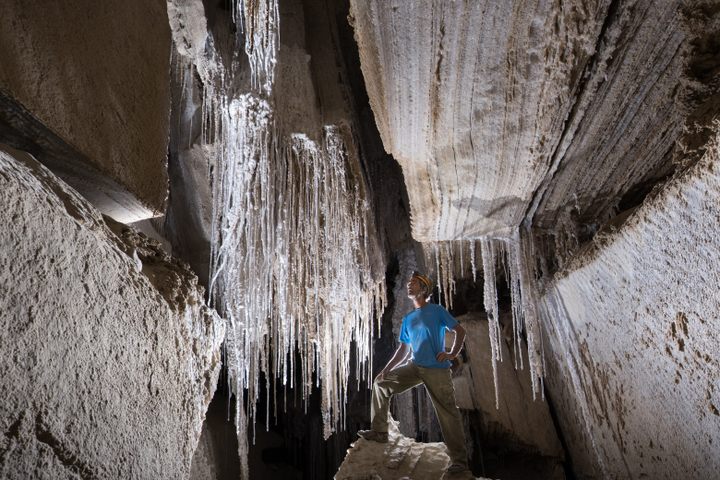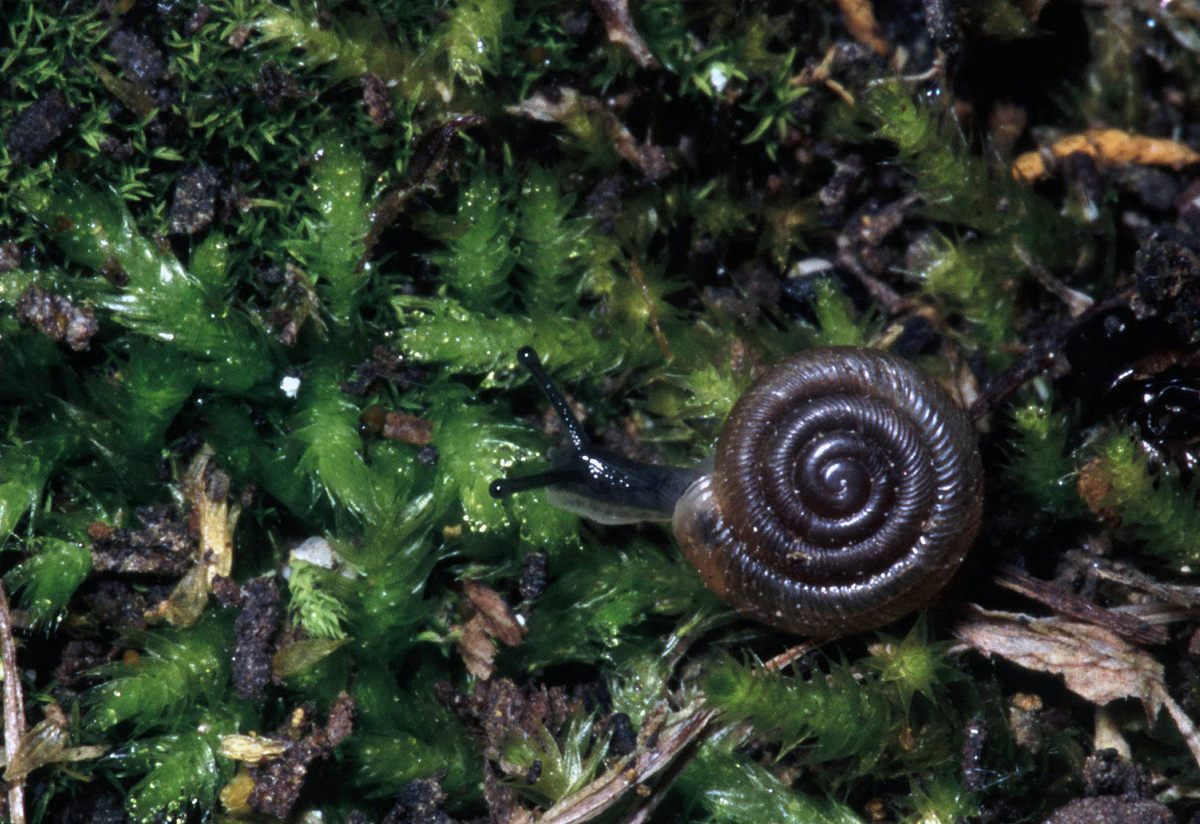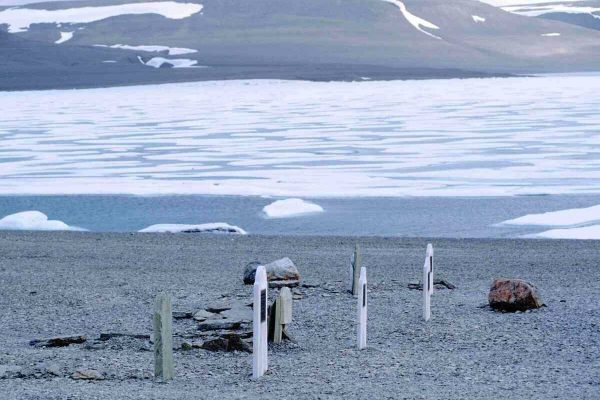
In 2021, Wonders Came in All Shapes and Sizes
From tiny castle towns to big, beefy koalas, we discovered some superlative delights around the globe.
Look, the long and the short of it is, this was a year of highs and lows for all of us. But despite all the up and downs, we were able to find a little delight everywhere we looked.
We met fans of supersized roadside attractions and visited tiny, ancient ecosystems hidden amid Midwestern hills. We shared a harrowing view with people restoring one of the world’s most iconic colossal statues, and got out the magnifying glass to appreciate the craftsmanship of some very small castles.
Not to put too fine a point on it, but given the choice between gloom or wonder, we chose wonder, and hope that you will, too. Because life can be a bowl of cherries. Really, really big cherries.
Here are some of our favorite stories that captured the scale of wonder all around us:
Meet the Italian Brothers Who Grew the World’s Biggest Cherry
by Federico Formica
A monster grew in Northern Italy’s Piedmont region this summer. Officially recognized by Guinness World Records as the heaviest cherry ever recorded, the single fruit was the size of an apricot and weighed well over an ounce. Ok, that may not seem like much, but that’s almost four times the size of a normal cherry—imagine a human who stands more than 20 feet tall.

One Man’s Quest to Preserve the World’s Smallest Oil Refinery
by Nadia White
Forget Big Oil, let’s talk Tiny Oil, specifically the saga of Eastern Wyoming’s C&H Refinery, which was built in 1933 but incorporates much older equipment. It’s one of the last intact refineries to use 19th-century technology, but its days may be numbered.
What’s the Big Deal With Australia’s ‘Big Things’?
by Tiare Tuuhia
You’ve probably never looked out your window and thought, “What this town really needs is a giant statue of a crocodile wearing boxing gloves.” Well, someone did. Big Boxing Croc is one of at least 200 oversized roadside attractions rising up from Australia’s countryside. They’re bemoaned by some but many more love them—even Victoria’s somewhat terrifying, 45-foot Giant Koala.

The Man Who Built 40 Castles Around a Little German Town
by Yamuna Matheswaran
Meet the 87-year-old bricklayer who started building miniature replicas of castles in his spare time—and, 62 years later, hasn’t stopped. East German authorities once chastised Günther Beinart for “glorifying feudalism,” but the lifelong resident of tiny Gerbstedt says the hobby is all about creating joy.
It’s Hard Work to Restore Rio’s Christ the Redeemer, but the Views Are Amazing
by Lucy Bryson
Restoring an Art Deco icon can offer a natural high—at least, when you’re one of the people rappelling down the side of Rio’s famous Christ the Redeemer statue. Exposed to the elements high above the Brazilian city, the statue requires regular care to recover from lightning strikes, tropical storm damage, and general wear and tear. And now, it’s getting spruced up for a big birthday on the horizon.

The Friendly Rivalry—Between Israel and Iran—Over the World’s Longest Salt Cave
by Gitit Ginat
Iran and Israel share a long, contentious history—and similar geology, including unusually extensive salt caves. For more than a decade, researchers in both countries have vied to prove theirs is the longest; it’s a competition that has led to scientific solidarity that transcends political acrimony.
The Ice Age Persists in the Upper Midwest, Where the Hills Breathe
by Gemma Tarlach, Senior Editor/Writer
Picture an ancient, pocket-sized ecosystem—it could fit on your dining room table—that has managed to hang on for millennia while the world around it changes dramatically. These mini time capsules of the Ice Age exist in Iowa and Wisconsin thanks to a unique collection of geological and climatic quirks—including hills with “lungs.”

Why a Tiny Island Created the Biggest Marine Sanctuary in the South Atlantic
by Luke Fater
The British Overseas Territory of Tristan da Cunha, a teensy volcanic speck, was already the most remote inhabited island in the world: There’s no airstrip, and it’s a six-day trip by boat from Cape Town. Now, the islanders have turned thousands of square miles of ocean surrounding their home into a massive wildlife sanctuary, all to protect a most unlikely charismatic animal.
The Tiny Building That Pays Tribute to a Larger-Than-Life Civil Rights Leader
by Rossilynne Skena Culgan
Pittburgh’s Carnegie Science Center celebrated the 100th anniversary of the 19th Amendment this year in a very small way that’s a big deal: Enshrining a miniature version of the home of Black suffragist and civil rights activist Daisy Lampkin in an iconic model village. It’s a small-scale salute to a little-known woman whose life’s work had outsized influence.

The Epic Landscape Art of Tiny Inakadate, Japan
by Selena Takigawa Hoy
You may be familiar with England’s eccentric crop circles, or the elaborate mazes and abstract patterns cut into fields across America’s Corn Belt, but those agricultural art projects pale in comparison to the intricate, multicolored glory of Inakadate’s rice fields.







Follow us on Twitter to get the latest on the world's hidden wonders.
Like us on Facebook to get the latest on the world's hidden wonders.
Follow us on Twitter Like us on Facebook